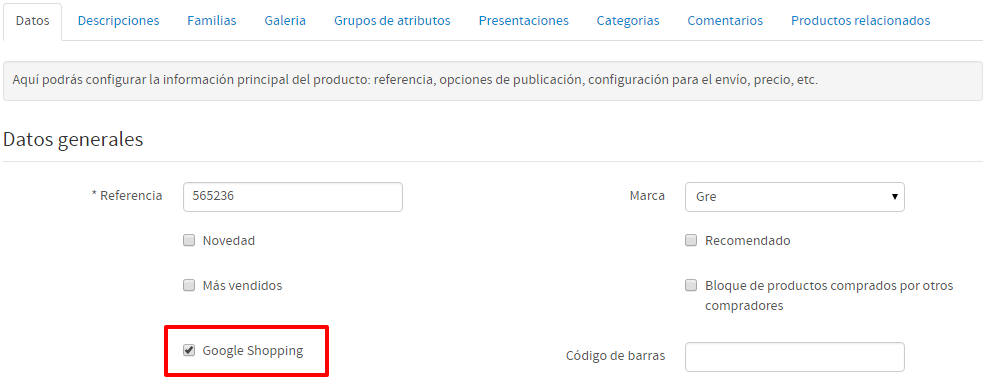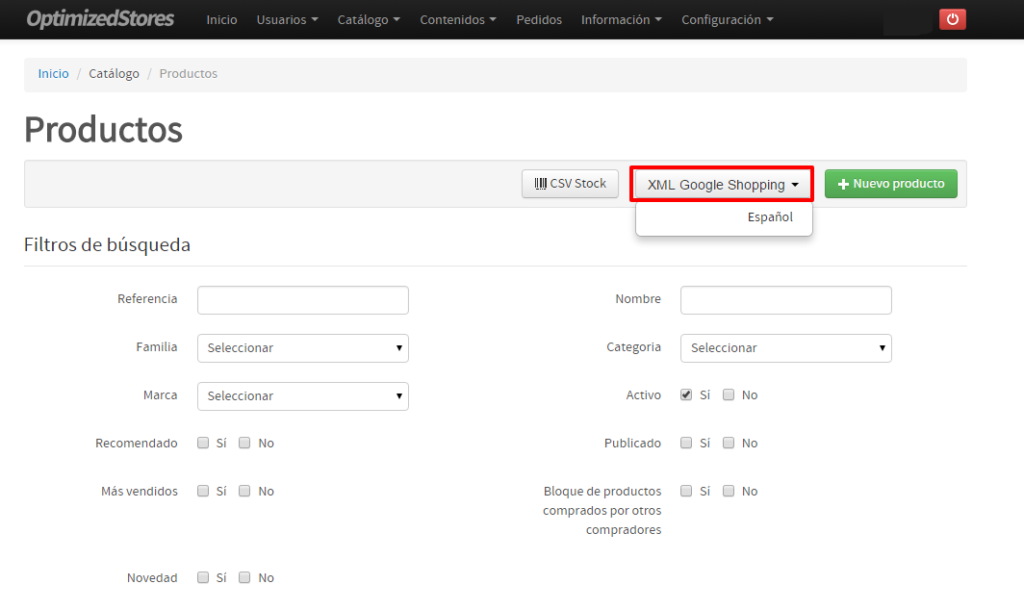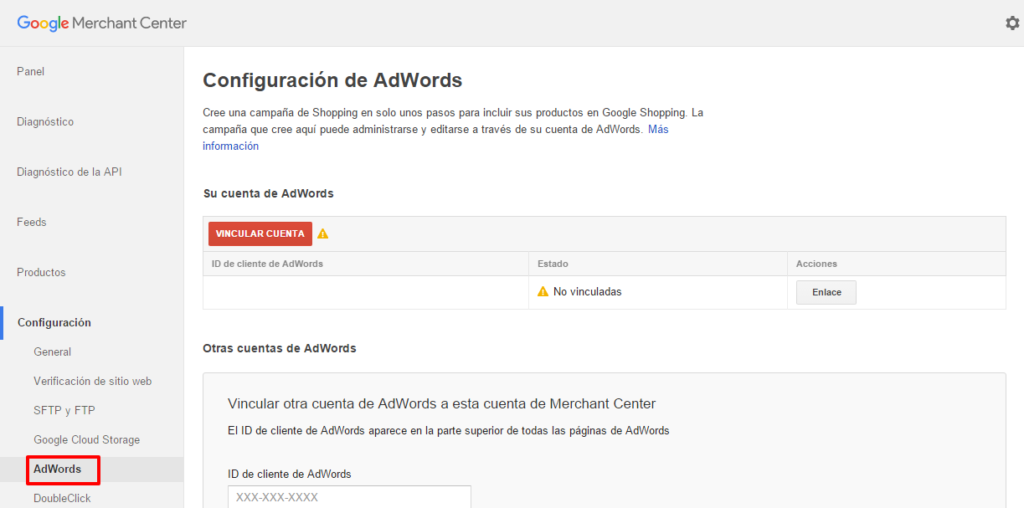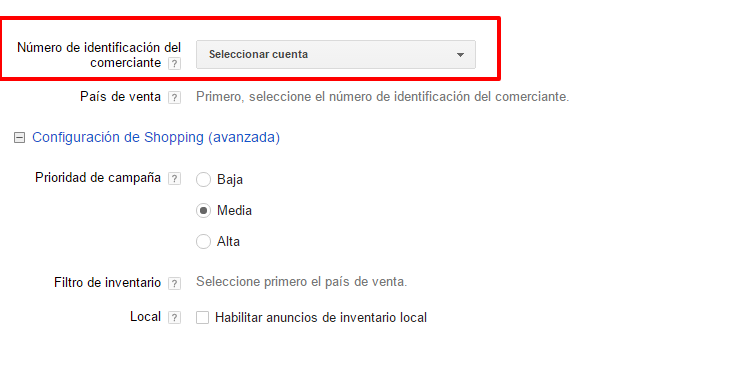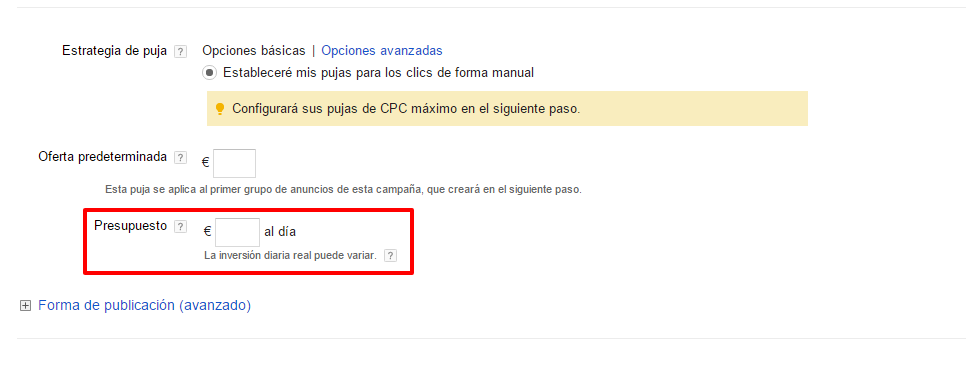Written by Antoni Saurina
In this article I am going to join two of the topics that I like the most in my work, Google Shopping campaigns and eCommerce. Although it is becoming easier and easier to start an e-commerce in Internet due to the multiple solutions that are appearing in the market, making it possible to has a cost and, obviously, a risk, since we do not know for sure if that wonderful idea we have in mind is going to work or not..
As nobody likes to lose money, the idea is to explain how we can test, with the least possible expense, our online project to see if it can work.
In order to be able to apply what I am going to explain below, you should have tied the following ends:
- Have a company, be self-employed or have some alternative solution to be able to invoice.
- Know what products are to be sold and have them available for shipment.
- To have closed agreements with a transport company or logistics partner.
- A budget and a period of time, for example 1,200€ for 6 months.
- A domain name for the store.
- A Google account
We have everything ready: let’s get down to business.
Generate the data file for Google Shopping
It is important that our online store is ready to use Google Shopping, because if it is not, we will have an extra expense that we had not foreseen, and that is what we are trying to avoid to fit the initial budget.
Our online store must be prepared to use Google Shopping campaigns.
Let’s prepare the products we want to publish in Shopping: just check the Google Shopping box and make sure that all the data is complete, taking special care that the barcode is properly filled in, as it is a vital piece of information for the campaigns.
It is very important for Google Shopping that the products are identified with their barcodes.
Once all the products are ready, we will generate the product feed, which is the file from which Google will take the data to show it in the campaigns. In our store it is easily obtained by clicking on the XML Google Shopping button.
Now that we have the file we have to create a Google Merchant account, verify our store on the platform and upload the data file. All the information and steps on how to do it can be found in the following link. Please note that in order to create a Google Shopping campaign, the products must be approved in Google Merchant.
Creating the Google Shopping campaign
Before creating the campaign in Google AdWords, the Google Merchant and Google AdWords accounts must be linked. To do this we will go to our Merchant account, and in the left menu we will select Configuration > AdWords and we will see a screen similar to this one:
Normally, the AdWords identifier will be listed in the “AdWords Account” section, as long as we use the same Google account for both platforms, which is highly recommended. If not, we can add it in the “Other AdWords accounts” section. To link the accounts, click on the “Link” button.
To facilitate the link between accounts, it is highly recommended to use the same Google account for all the services we use (AdWords, Merchant, Analytics, etc).
We are now ready to create the Google Shopping campaign, for which we will go to the Google AdWords platform. If you do not have an account, you can create one here.
Select +Campaign > Shopping and you will see the configuration screen. In addition to the basic parameters that we can find in all AdWords campaigns, in this campaign we will have to select the Data Feed, which we have previously configured, from the “Merchant ID number” section, as shown in the following screenshot:
We can also change the campaign priority to medium.
Another important point is the daily budget, which will depend on the total budget and the time period chosen at the beginning. For example, if we have a budget of 1200€ in 6 months, we will make the following calculations:
1.200€ / 6 months = 200€ month
200,00 – 59,99€(CMS)= 140,01€ for the AdWords campaign
Daily AdWords budget = 140,01/30,4 = 4,61€.
In other words, in the daily budget box, we will add 4.61 euros so that the final investment after 6 months will be 1200 euros.
The daily budget of the campaign will depend on our initial budget and the period in which we want to run the test.
How do I know if my project can be profitable?
During the next 6 months your store will receive visits and probably orders. But it is important to keep in mind that it is not a matter of leaving the store and the campaign there without doing anything, but to see how it evolves in order to make adjustments and optimizations to the project during this time.
Below is a list of tasks that should be performed:
- Add the maximum number of products.
- Check that product prices are in line with those of the competition.
- Check that the shipping costs are reasonable and that the customer is willing to pay them.
- Optimize the Google Shopping campaign, adjusting bids for the products that sell the most and the least.
- Obtain feedback from customers to adjust and improve service, customer care, problems, products, etc.
And now the million dollar question: how do I know if my project can be profitable?
The truth is that the answer will depend largely on the type of business, the time you have dedicated to it and many other factors, but here are several situations that may mean that your business is profitable:
- Sufficient orders have been obtained to cover the initial investment.
- The initial investment has not been covered, but there is an upward trend in orders that makes you think that you could soon achieve it.
Other less favorable situations may include:
- The initial investment has not been covered, nor is there an upward trend in orders, but you have detected problems that can be solved soon (product price, high shipping costs, insufficient customer service, etc.). In this situation you could consider making a second investment to solve the problems and see how the store evolves.
- It has hardly been sold, there does not seem to be a positive evolution and it is not known where the problem lies. In this case, we should rethink the initial idea, rethink it and perhaps consult an agency for advice before discarding it or investing in it again.
As you can see, getting your online store idea up and running can be quite easy and doing a test with a small investment will allow us to check the possible viability of the project without making a large outlay.
After reading this article, are you ready to put your idea into action?
